
In memoriam
A space to remember our members who have passed away, and their valued contributions to the molecular biosciences.
To notify us of the passing of a member, please contact our Membership team
In memoriam
18 members
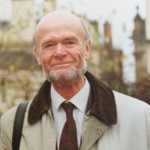
Professor Roger Pain
Professor Roger Pain
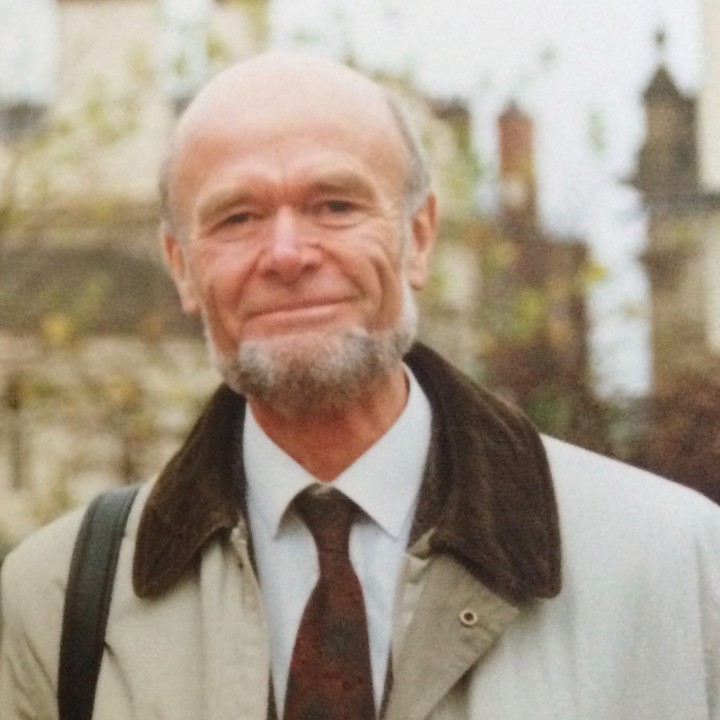
Remembered by his daughter, Professor Rachel Pain
Roger Pain, who was Professor Emeritus of Biochemistry at Newcastle University, died peacefully at home on 22nd February 2025, aged 97.
Roger was a renowned biochemist who wrote and edited several books on protein folding, including the key work Mechanisms of Protein Folding (Oxford University Press 1994, 2000), and was a regular contributor to the ‘News and Views’ section of the journal Nature. He served as Chair of the British Biophysical Society from 1977, and was elected an Honorary member in 1992.
He was first appointed at Newcastle University as a Lecturer in 1965, when he was tasked with setting up the new Biochemistry degree. He was a popular and enthusiastic teacher, noted for his demonstration of conformational entropy by throwing the contents of a box of Quality Street over the assembled students. He served as Head of Department in the 1980s and 1990s.
Roger’s former students and postdocs remember him as a great mentor and supporter of young scientists. His PhD students went on to lead successful careers in both academia and the development of the biotechnology industry.
After retiring from Newcastle in 1992, he moved to Ljubljana, Slovenia where he continued working at the Jožef Stefan Institute for over two decades, supporting a new generation of Slovene scientists. Roger is survived by his wife Marjetka Kidrič, who is also an accomplished professor, his children Tim and Rachel, and five grandchildren.
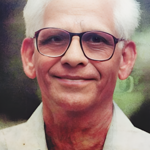
Professor E.P. Madhava Bhattathiry
Professor E.P. Madhava Bhattathiry
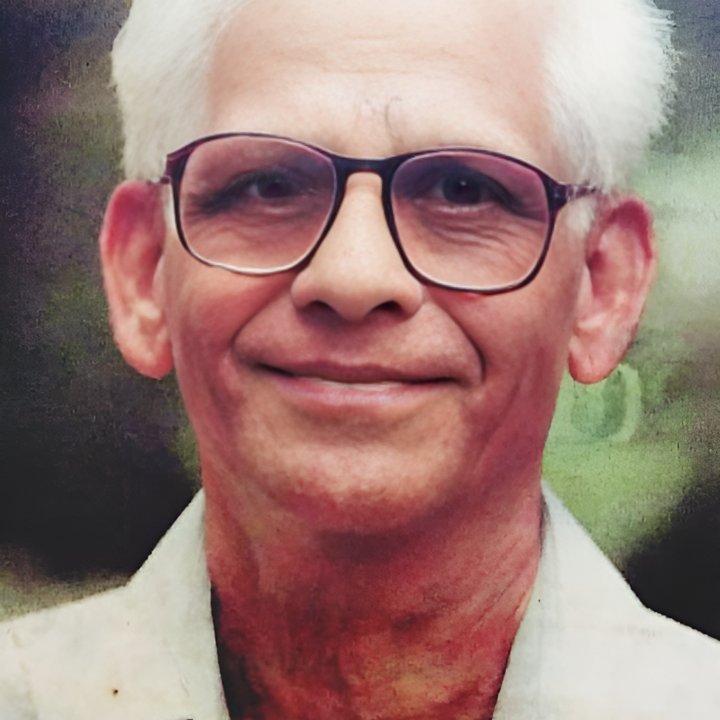
Remembered by his grandson, Vivek P. Krishnan
Dr. Bhattathiry was a distinguished researcher whose contributions to cholesterol and diabetes research have left a lasting impact on medical science.
He authored several significant papers and collaborated with eminent scientists, including Nobel laureate Charles Herbert Best, co-discoverer of insulin. His work extended beyond research, playing a crucial role in establishing medical colleges and biochemistry departments in developing nations such as Ethiopia, Nigeria and Malaysia as part of the Interuniversity Council for Higher Studies in Medicine London delegated by the United Nations.
Recognized for his scientific excellence, Dr. Bhattathiry was honored to serve as a nominator for the Nobel Prize in Chemistry in 1985 by the Royal Swedish Academy of Sciences. He was a Life Fellow of the Royal Society of Chemistry, the Royal Society of Biology, The Biochemical Society and the New York Academy of Sciences, among other esteemed institutions.
Read Dr. Bhattathiry's full obituary in The Biochemist.
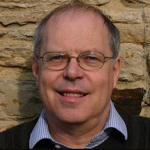
Professor Stuart Ferguson
Professor Stuart Ferguson
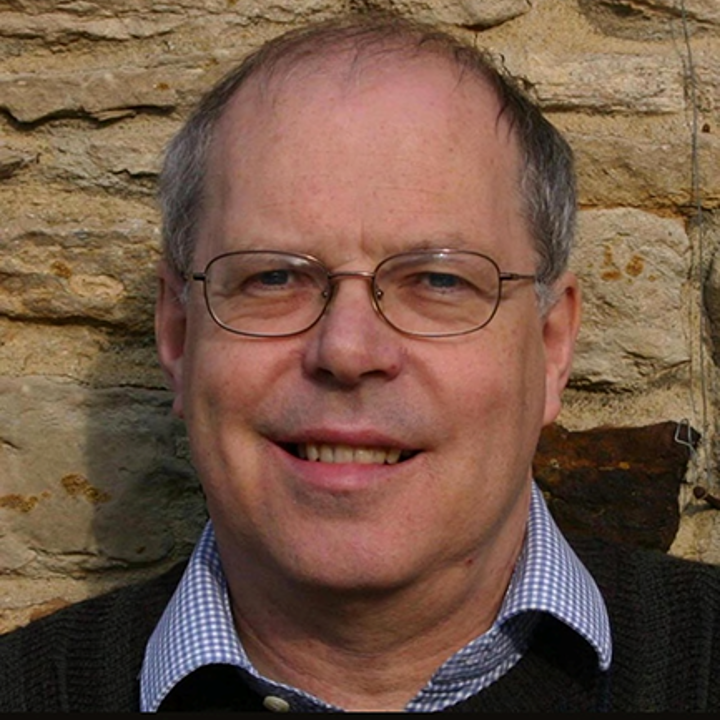
Remembered by Ben Berks (University of Oxford) and David Richardson (University of East Anglia)
On April 25, 2024, our close friend, colleague and mentor, Professor Stuart Ferguson sadly passed away. We had the privilege of working with Stuart as doctoral students, post-doctoral researchers and research collaborators. Stuart was an inspiration to us and hundreds of other students and researchers throughout his career. Stuart took a ‘problem-based’ approach to research. Not for Stuart was the handle-turning, churning out of ‘omics’ data of every kind to then try to make a story out of it. No, Stuart liked a problem to solve and then conceived imaginative experiments with which to solve it – and then he told a story, and there were some great ones! Stuart was also a great educationalist, inspiring students in tutorials and co-writing, with David Nichols, three editions of a text book on bioenergetics that is still being used as the go-to text for university courses throughout the world.
Read Stuart's full obituary in The Biochemist.
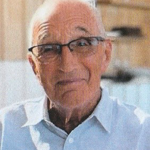
Dr Trevor Griffiths
Dr Trevor Griffiths
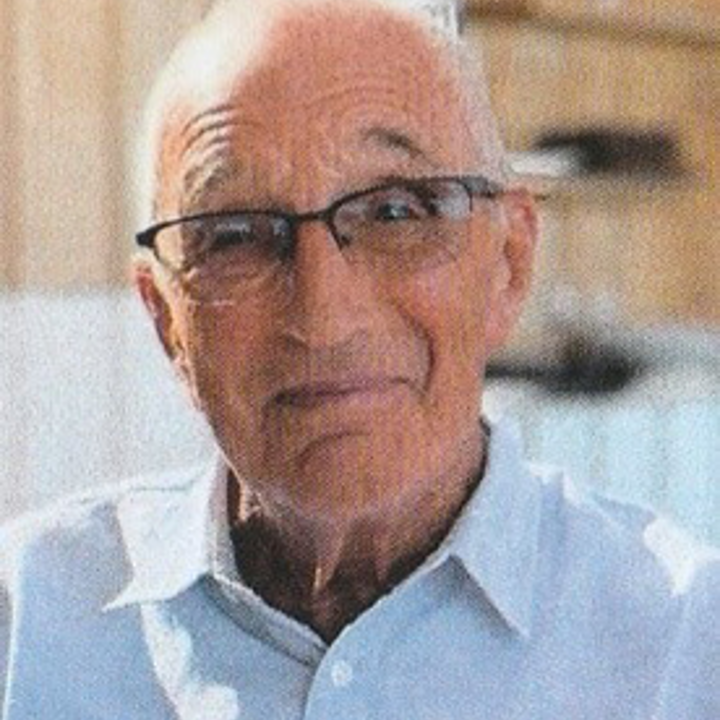
Remembered by Dr David Yates (University of Bristol)
William Trefor Griffiths was born 15 December 1938 into a Welsh mining family in Carmarthenshire, north of Llanelli. He adopted the anglicised version of Trevor even though his family spoke Welsh and he did not learn English until he was 8 years old. He was educated at Gwendreath Grammar School, again taught in Welsh. He briefly overlapped with Barry John, the legendary Welsh fly half.
From Gwendreath, Trevor went to Aberystwyth University to read biochemistry and after gaining his first degree, Trevor was accepted for a research studentship, funded by the Agricultural Research Council and supervised by Trevor Goodwin again at Aberystwyth. During his graduate studies, Trevor met and fell in love with June, an undergraduate, and they were married in 1963.
Goodwin’s laboratory was large by the standards of the day, and a senior postdoctoral fellow, David Threlfall, was a key collaborator for Trevor’s work. His PhD looked at the presence, structure and distribution of plastoquinones. He was awarded his doctorate in October 1965. David Threlfall moved to Hull, and Trevor took up an assistant lectureship at Liverpool, working with Professor R.A. Morton.
In 1966, the Department of Biochemistry at Bristol advertised two posts to strengthen research and teaching in plant biochemistry, and the successful applicants were Trevor Griffiths and Owen Jones. Plant biochemistry was a difficult field in which to attract grants at that time. He shared laboratory space with Owen Jones for many years but developed contacts in botany, in particular with Keith Stobart, as well as other biochemists.
Read Trevor's full obituary in The Biochemist.
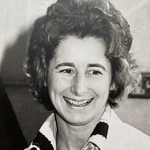
Dr Patricia Lund
Dr Patricia Lund
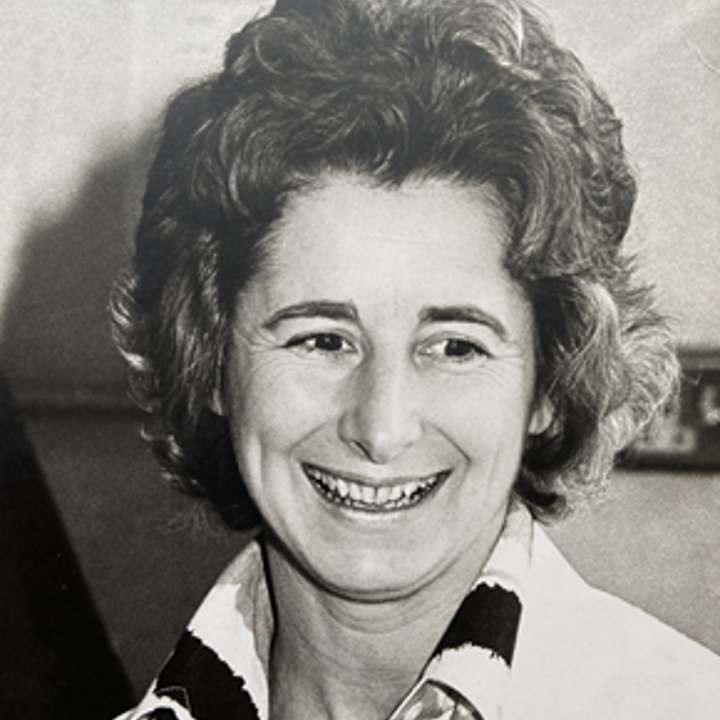
Remembered by Heinrich Taegtmeyer (The University of Texas Health Science Center at Houston) and by Rhys Evans, Geoff Gibbons (University of Oxford)
The death of Patricia Lund on 13 December 2023, marks the end of an era in metabolic research defined by Hans Krebs in his memoirs as follows: “When examining a biological phenomenon, it is always important to examine the whole process and not merely a fragment in a damaged tissue” [HA Krebs, Reminiscences and Reflections, Oxford University Press (1981); p63]. Pat was the last of the five original members of the Metabolic Research Laboratory (MRL), formed after Krebs’s mandated retirement from the Whitley Chair of Biochemistry at the University of Oxford in 1967. The MRL was housed in a wing at the back of the Radcliffe Infirmary, next to a medical ward, and administratively a part of the Nuffield Department of Clinical Medicine. Besides Professor Hans Krebs (1900–1981), aka ‘The Prof’, and Pat, other core members of the MRL were Leonard Eggleston (1920–1972), Reginald (Reg) Hems (1926–2005) and Dermot Hedley (Derek) Williamson (1920–1998). The MRL was a bustling place, with about 15 members orderly distributed among benches and desks in one large room; it was a uniquely happy place and productive scientific environment, quietly, but strongly, led by Krebs and ably supported by the very capable scientists he surrounded himself with, including Pat. Almost unique to the lab was a plethora of visiting researchers from all over the world, many of whom later went on to great eminence. All of them relished a highly positive atmosphere, due largely to the welcome, hospitality and stimulation of the permanent members: Pat Lund was highly regarded by all for her wit, warmth and wisdom. And for her unfailing willingness to help others, at the bench and in the library.
Read Patricia's full obituary in the Biochemical Journal.
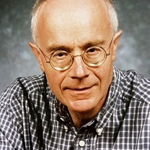
Professor E. James Milner-White
Professor E. James Milner-White
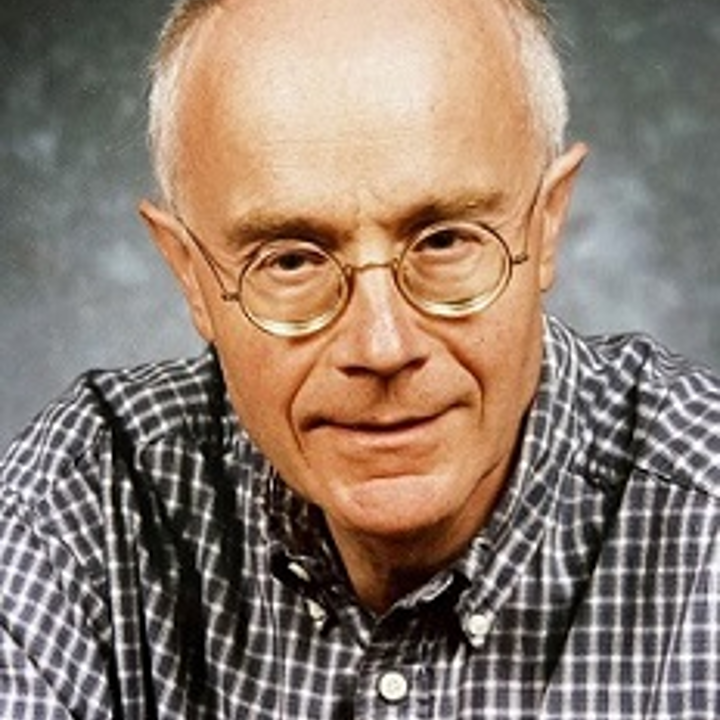
Remembered by David P. Leader and John R. Coggins (University of Glasgow)
The passing, last May, of James Milner-White took from us one of the truly original thinkers in British protein science.
James grew up in the village of Sutton Green, near Guildford, Essex, and attended Sherborne School, following a curriculum appropriate to his initial intention of becoming an architect. However, he changed his mind after the fifth year and transferred to Guildford Technical College, where intensive courses prepared him for a career in science. He was accepted to study biochemistry at Aberdeen University, after which he obtained a PhD under the supervision of D. C. Watts at Guy’s Hospital Medical School in London. In 1972, he joined the Biochemistry Department at Glasgow University where he spent his entire career, achieving the position of titular professor. After his retirement, he continued working and publishing as an honorary senior research fellow until his death.
One might say that James’ milieu was the Protein Data Bank, where the accumulation of protein co-ordinates in the second half of the last century made it possible to determine whether relatively small structural features found in individual proteins occurred more widely. James had an eye for such features and was able to appreciate the significance of the context in which they occurred. In particular, he realized that the backbone, as well as the side-chains, had chemical properties that facilitate a functional as well as a structural role in proteins.
You can read James's full obituary in The Biochemist.
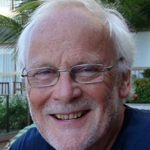
Dr Michael D Waterfield
Dr Michael D Waterfield
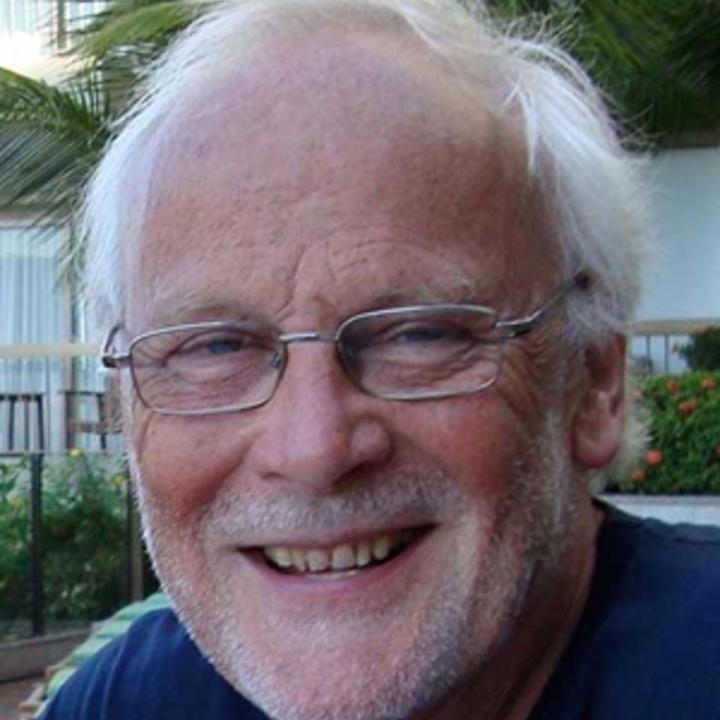
Remembered by Julian Downward, Peter J. Parker (Francis Crick Institute) and Bart Vanhaesebroeck (University College London)
Mike was born on the 14th of May 1941 in Lyndhurst, Hampshire, U.K., in the heart of the New Forest, an area of outstanding natural beauty in southern England. He was one of three children for parents Kathleen and Lesley Waterfield, spending an inquisitive childhood growing up in this idyllic setting. Mike had a formative education at Portsmouth Grammar School, where he developed a passion for chemistry and chemical pathways. After A-levels Mike gained a place at Brunel University in London to study Biochemistry. It was one of the first U.K. universities to offer a year out in industry and this provided him perspective on his academic work, realizing its real-world applications. Following his undergraduate degree at Brunel, Mike completed a PhD at King's College Hospital Medical School in London, working on protein chemistry and enzymology.
In 1967, Mike set out for the United States to do post-doctoral work, first at Harvard, from where he published his first Nature paper on protein sequencing and then to Caltech where he worked with Leroy Hood and Bill Dreyer developing gas-phase protein sequencing. This improved the sensitivity of protein sequencing by a thousand-fold over the best commercially available systems of the time. With this innovation in protein sequencing technology, it became possible for labs to sequence the extensive and important world of low-abundance proteins.
Read Mike's full obituary in the Biochemical Journal.

Professor Peter Quinn
Professor Peter Quinn

Remembered by Richard Naftalin (King's College London)
Professor Peter Quinn left school in Victoria, Australia, aged 15, to train as a farmer at Dookie Agricultural College (1957–1959). After obtaining his diploma, he moved to The University of Melbourne to study agricultural science (1960–1963) and then moved to Sydney to undertake a PhD in veterinary physiology (under the supervision of I.G. White; 1964–1966). On the basis of these studies, Peter was awarded a Ford Foundation Fellowship (1967 Royal Agricultural Society, Research Fellow, University of Sydney). At the time, for some, it was preferred practice to go overseas on completion of the PhD to gain experience, and Peter was supported by a generous Population Council Fellowship to work as a Research Fellow in the Biochemistry Department at the Babraham Institute in Cambridge in the laboratory of Rex Dawson.
Read Peter's full obituary in The Biochemist.
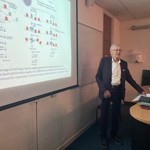
Professor Colyn Crane-Robinson
Professor Colyn Crane-Robinson
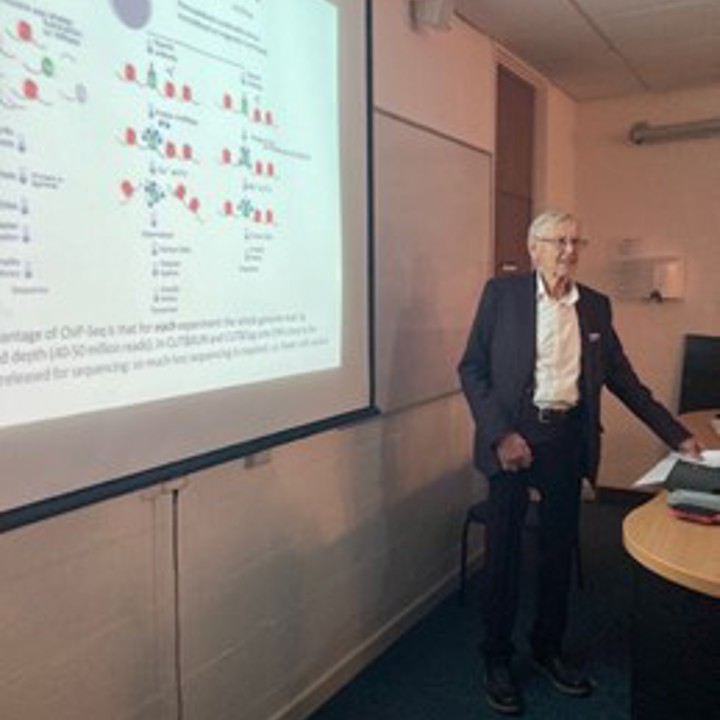
Remembered by Fiona Myers (University of Portsmouth)
Colyn Crane-Robinson, Professor of Biochemistry at the University of Portsmouth, was born on 20 October 1935 and died on 5 March 2023. His death marks the end of a career as a world-leading researcher in the field of chromatin structure and epigenetics.
Colyn was born in the Sale area of Greater Manchester to Robin and Marion. After evacuation at the start of World War 2, he returned to Manchester in 1947 and joined Ackworth Secondary School in south-west Yorkshire. At school, he enjoyed cricket, becoming a noted bowler, obtaining the nickname ‘colyncranecricketball’, and later the captain of the first team. He cited his teacher at the time, Mr Harris, as giving him a lasting passion for classical music and secondly, and more critical to his future career, chemistry.
In 1954, Colyn joined Christ Church College, Oxford, where his love for research was fostered. After obtaining a first-class degree, he began his DPhil in the laboratory of H.W. Thompson, a renowned infra-red spectroscopist, working on vibrational–rotational spectra studies of gas-phase molecules. This time was noted by having to construct one’s own gas line, meaning a glass-blowing course had to be undertaken, something Colyn managed but, by his own admission, his creations contained many strange shapes and bubbles!
Read Colyn's full obituary in The Biochemist.
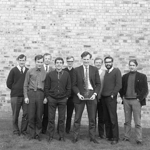
Sir Dai Rees
Sir Dai Rees
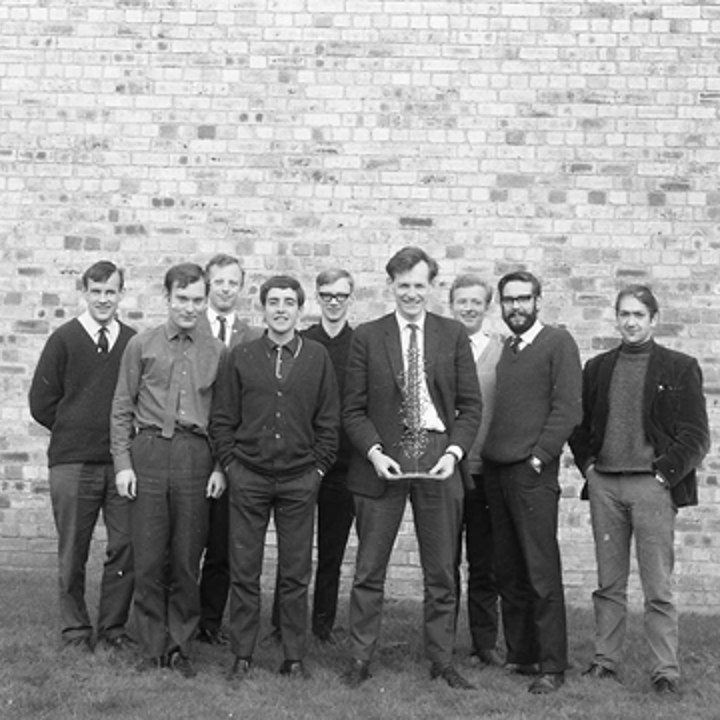
Remembered by Peter Lilliford, CBE, FRSC, and Chris Lawson, FRSC
Dai Rees was born in Silloth on the Solway Firth. His father James was a chemist, his mother Elsie a librarian and Dai attended Hawarden Grammar School in Flint. He then won a scholarship (open to families who had left Wales for work) to the University College of North Wales in Bangor. The department head was the eminent carbohydrate chemist Stanley Peat, a student of Sir Norman Haworth (Nobel Prize for vitamin C) and this is where he learnt carbohydrate chemistry. After a BSc in 1956 he studied for a PhD under Jim Turvey on the chemistry of the polysaccharide porphyran (lava bread) from Porphyra umbilicalis. At Bangor, Dai met fellow student Myfanwy Parry Owen, who became a teacher and later a psychoanalyst; they married in 1959. Following his PhD, Dai took a lectureship in the Chemistry Department at Edinburgh University with Sir Edmund Hirst (also ex-Haworth).
Read Dai's full obituary in The Biochemist.
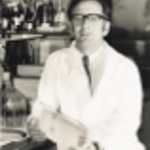
Dr R.M.C. (Rex) Dawson, FRS
Dr R.M.C. (Rex) Dawson, FRS
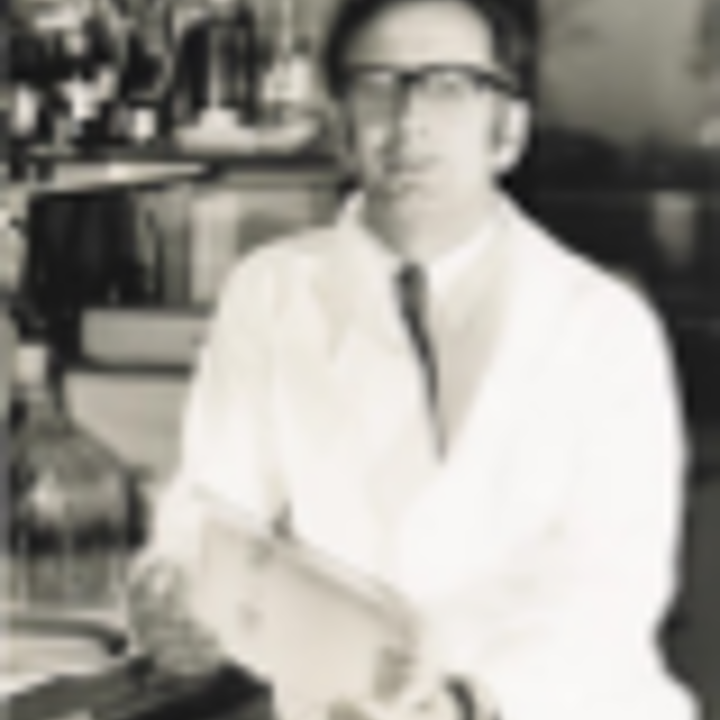
Remembered by Rob Irvine (University of Cambridge)
Rex Dawson and his brother Douglas spent their early years growing up among an extended family in the village of Stoke Golding in Leicestershire. When he was 11 his parents moved to the nearby town of Hinckley where Rex went to the local grammar school. He left Hinckley with a scholarship to take an undergraduate degree in applied and theoretical physics at University College London and was awarded first class honours.
Rex began his research career doing a PhD in Dennis Richter’s lab in Cardiff, studying a number of metabolites in brain and examining how they changed under various conditions (he once told me that the first thing he had to do when joining the lab was to build his own Geiger Counter!). Among the compounds studied were metabolites of phospholipids, and during a Beit Memorial Fellowship he extended this to the phospholipids themselves. He then moved to the Biochemistry Department in Oxford where he switched to a Betty Brookes Fellowship and it was there that he started to make a major impact on phospholipid biochemistry.
Read Rex's full obituary in The Biochemist.
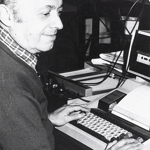
Professor H. Gutfreund, FRS
Professor H. Gutfreund, FRS
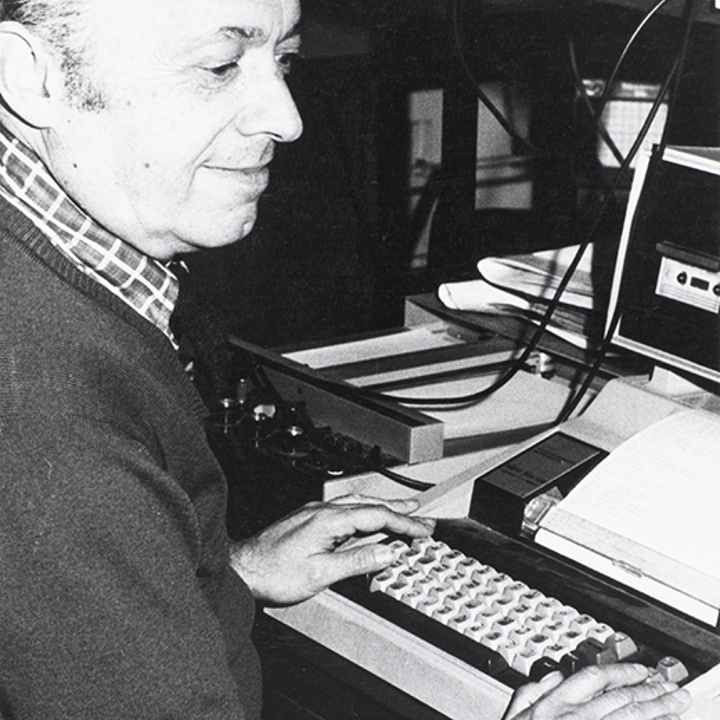
Remembered by Stephen Halford (University of Bristol)
Freddie Gutfreund (few used his birth name Herbert) spent much of his career in the Department of Biochemistry at the University of Bristol, from 1965 (1 year after the department was established) through to his retirement in 1986, though remaining here for several more years thereafter.
Freddie had an unorthodox career before arriving in Bristol. He passed only two exams in his life: his high school diploma in Vienna (equivalent to the old 11+ exam) and his PhD in physics from the University of Cambridge. Whilst a teenager in Vienna in 1938, the Nazi invasion of Austria ended his hopes in his home country. But his prospects for emigration from Austria were bleak until he noted that a YMCA scheme, ‘British Boys for British Farms’, was accepting candidates from Europe due to the lack of British applicants. Freddie thus spent his first 3 years in the UK as a dairyman in Westmorland.
Read Freddie's full obituary in The Biochemist.
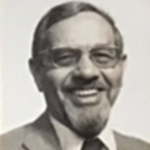
Professor Louis Isaac Woolf
Professor Louis Isaac Woolf
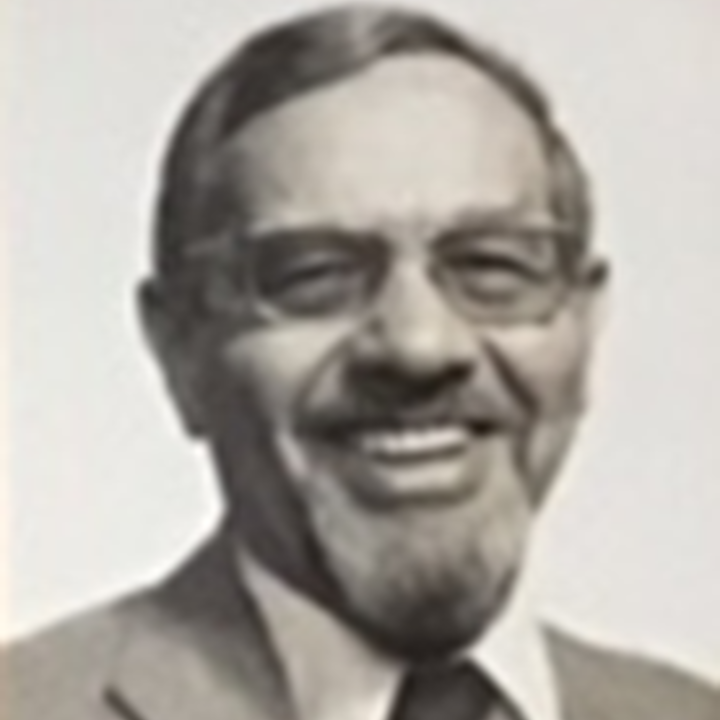
Remembered by Kate Hall
Professor Emeritus Louis Woolf died aged 101 on Sunday, 7 February 2021, in Vancouver, British Columbia. He is best known for his pioneering work conceiving and developing the first dietary treatment for phenylketonuria (PKU) based on a phenylalanine – a depleted hydrolysate of milk protein. His idea came from a ‘light bulb’ moment at a biochemistry meeting.
Louis joined the Biochemical Society in May 1949 and continued until his death. He was thereby one of the longest ever serving members of the Society.
He was born in London, the third child of Jewish parents from northern Romania. In 1938 he gained scholarships to study for a degree in chemistry at University College London (UCL) achieving First Class Honours and then a PhD. In 1939, at the outbreak of World War II, he was evacuated to Aberystwyth in Wales, along with the rest of UCL, to complete his degrees. There he met his future wife Frances Mary Richards.
Read Louis' full obituary in The Biochemist.
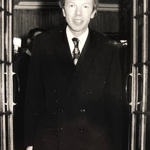
Professor John Eastoe
Professor John Eastoe
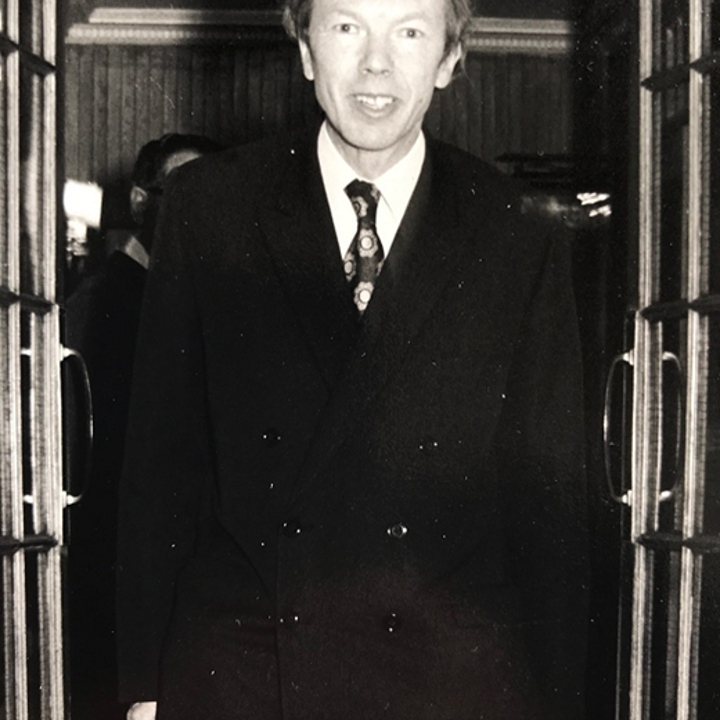
Remembered by his granddaughter Jenny Wilkinson and family
John Eric Eastoe was born in Stoke Newington, north London, in 1926 to Sunday school teacher Winifred and real-estate quantity surveyor Eric. He was very bright with a natural aptitude for science and attended Hungerford Road Infant and Junior School before earning himself a place at Minchenden Grammar School. In 1947, John graduated from Imperial College London with a BSc in chemistry. He continued his studies at Imperial and, under the supervision of Professor Cook in the Department of Agricultural Chemistry, gained a PhD in plant nutrition in 1950 with his thesis entitled ‘A study of the effect of the porous earthenware flower pot on the nutrition of plants’.
Read John's full obituary in The Biochemist
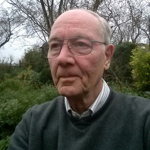
Dr Alan Barrett
Dr Alan Barrett
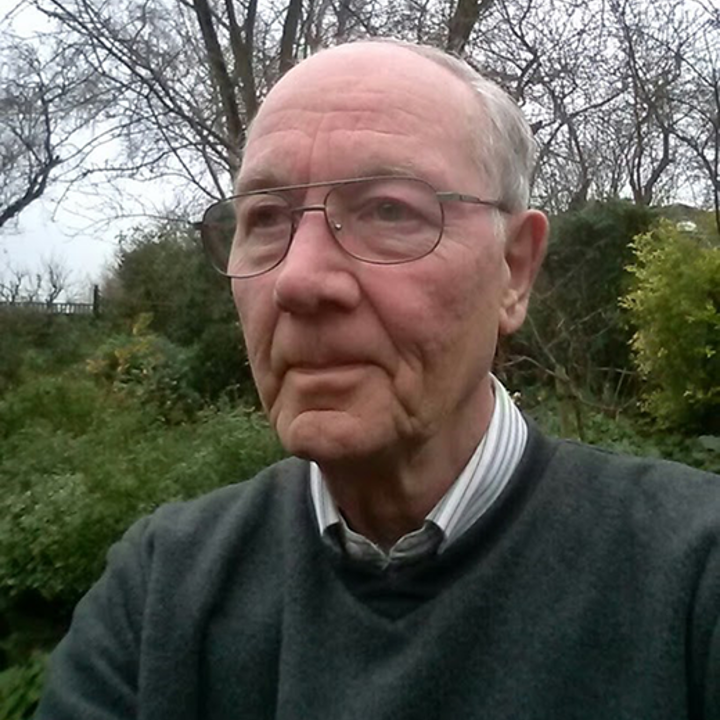
Remembered by Neil D. Rawlings (EMBL-European Bioinformatics Institute)
Alan John Barrett was born in Battersea, London, on 21 August 1937, the son of the eminent Cambridge pathologist Dr Max Barrett and his wife Win. Alan was the eldest of five children and brother of Roger ‘Syd’ Barrett, one of the founder members of the rock band Pink Floyd. Alan’s family moved to Cambridge while he was a child, and Alan spent his life and academic career in the Cambridge area. He studied natural sciences at Pembroke College, University of Cambridge, graduating in 1961. His PhD, awarded in 1964, under the supervision of Don H. Northcote at the University’s Biochemistry Department was on the ‘Pectic Polysaccharides of Higher Plants’. In 1965 he joined the Strangeways Research Laboratory, where the research was focussed around osteoarthritis. Alan led his own group and eventually became co-deputy director. In 1977, Alan was awarded a Higher Doctorate (Sc.D) from the University of Cambridge. In 1982, Alan was made a member of the external scientific staff of the Medical Research Council. When the retirement of the director in 1994 forced research at Strangeways into new directions, Alan and his team joined the Immunology Department at the Babraham Institute. Eventually, Alan led the Molecular Enzymology group at Babraham. When Alan retired from the Medical Research Council in 2002, he was invited to join Alex Bateman’s team at the Sanger Institute and remained as a visiting scientist when the Bateman team moved to the EMBL-European Bioinformatics Institute.
You can read John's full obituary in The Biochemist.
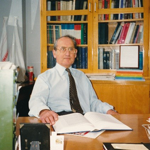
Professor Henry Arnstein
Professor Henry Arnstein
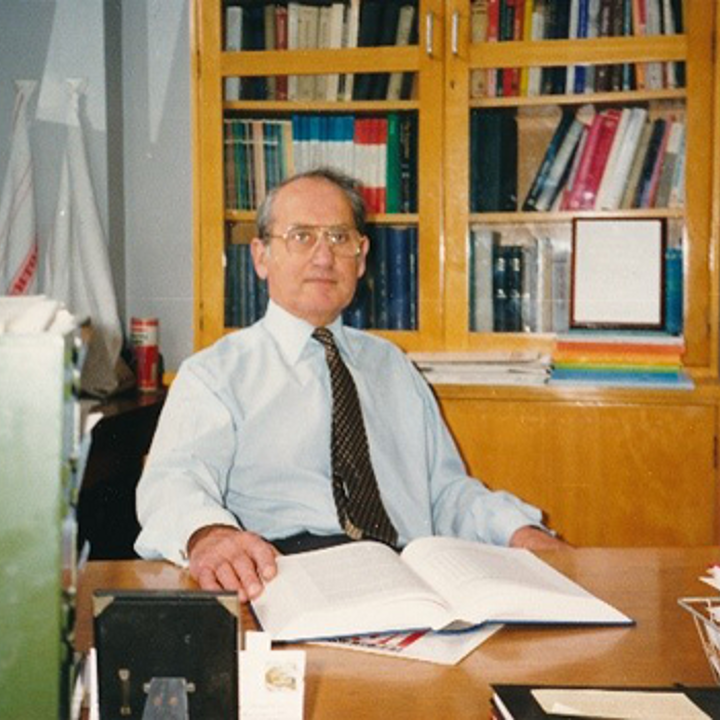
Remembered by Michael J. A. Arnstein
Professor Henry Arnstein was one of the world’s eminent biological scientists and fathers of molecular biology, unravelling the fundamental biology of the cell which led to the revolution that is modern-day molecular genomic science.
Henry Rudolf Victor Arnstein was born in Vienna in 1924, the son of Dr Alfred and Hilde Arnstein. He left Austria with his brother, Hans, in May 1938 to live with friends in London, his parents joining later that year. He graduated with a BSc in organic chemistry from Imperial College in 1944 and was awarded his PhD and Diploma of Imperial College in 1947.
From 1947 to 1948 he was a post-doctoral fellow at the University of Rochester, New York, and had many adventures in the USA driving across the country and visiting famous landmarks, including Yellowstone and the Grand Canyon. In 1948, Henry started work at the National Institute for Medical Research (NIMR) in Hampstead and in 1950 he moved to the NIMR in Mill Hill.
Read Michael's full obituary in The Biochemist.
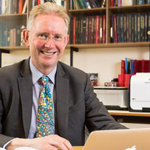
Professor Chris Abell, FRS, FMedSci
Professor Chris Abell, FRS, FMedSci
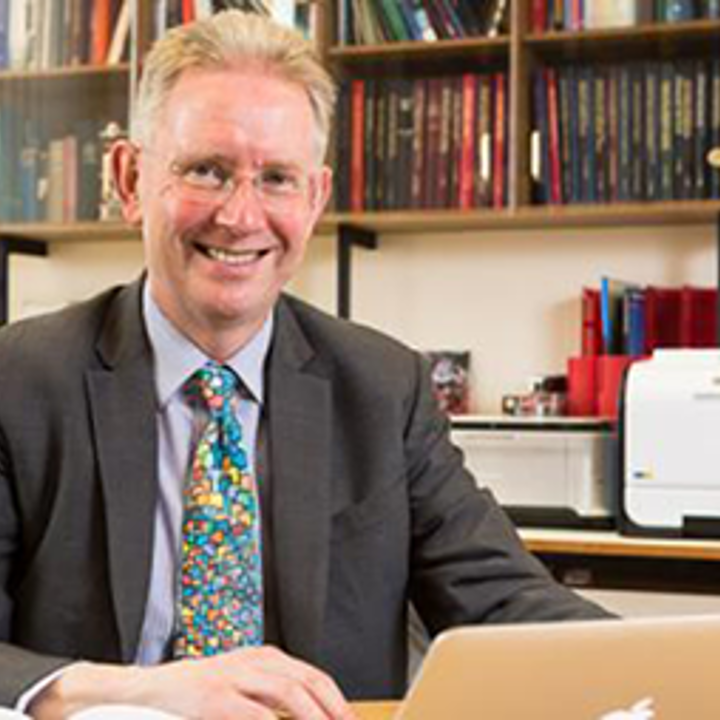
Remembered by Finian J Leeper & Anthony G Coyne (University of Cambridge)
Chris Abell, FRS, FMedSci died suddenly on 26 October 2020. He was Professor of Biological Chemistry and Pro-Vice Chancellor (PVC) for Research at the University of Cambridge.
Chris was the son of a farmer in Yorkshire. He studied at Selby Grammar School and gained a place to read Natural Sciences at St John’s College, Cambridge, starting in October 1976. I (FJL) met him within days of his arrival as I was his first supervisor (tutor) in chemistry (and he was my first ever supervisee). Chris graduated in chemistry in 1979 and then stayed at Cambridge for his PhD with Jim Staunton, studying the biosynthesis of polyketide natural products. He pioneered the use of dual-isotope labelling using both deuterium and 13C. From the start he displayed the energy and enthusiasm for science that would characterize his whole career. During his PhD, Chris met his wife, Katherine, who was doing her PhD in the same lab with Tony Kirby. He went on to do post-doctoral research with Professor David Cane at Brown University, Providence, Rhode Island, studying biosynthesis of terpenes, including the antibiotic pentalenolactone.
Read Chris's full obituary in The Biochemist.
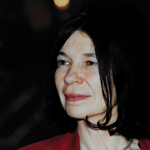
Professor Tricia Cohen
Professor Tricia Cohen
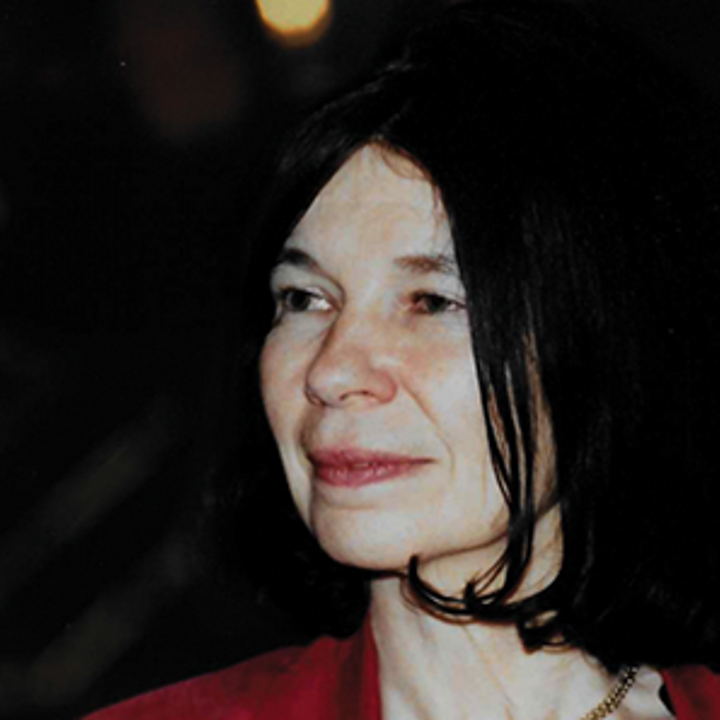
Remembered by Philip Cohen (University of Dundee)
After graduating with a BSc in biochemistry from University College London (UCL) in 1966, Tricia obtained her PhD in physical anthropology in 1969. Tricia then spent 2 years carrying out postdoctoral research at the University of Washington, Seattle, before beginning her independent research career in the embryonic Biochemistry Department at the University of Dundee in October 1971, initially supported by a 1-year postdoctoral fellowship from the UK Government, awarded to British scientists returning from North America. She was employed by the University of Dundee from 1973 to 1990 on a part-time contract, renewed annually, since she wanted to spend time with her children when they were young (Suzanne born in 1974, Simon born in 1977). She worked mornings until they were five, then primary school and later high school hours, but frequently returned to the lab in the evening once the children were asleep.
Read Tricia's full obituary in The Biochemist.
